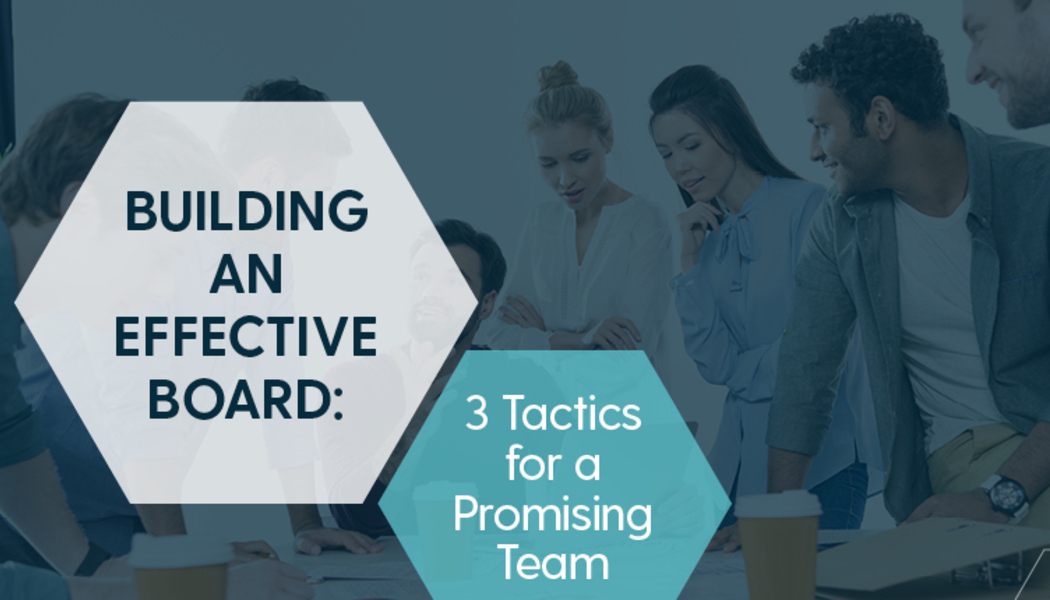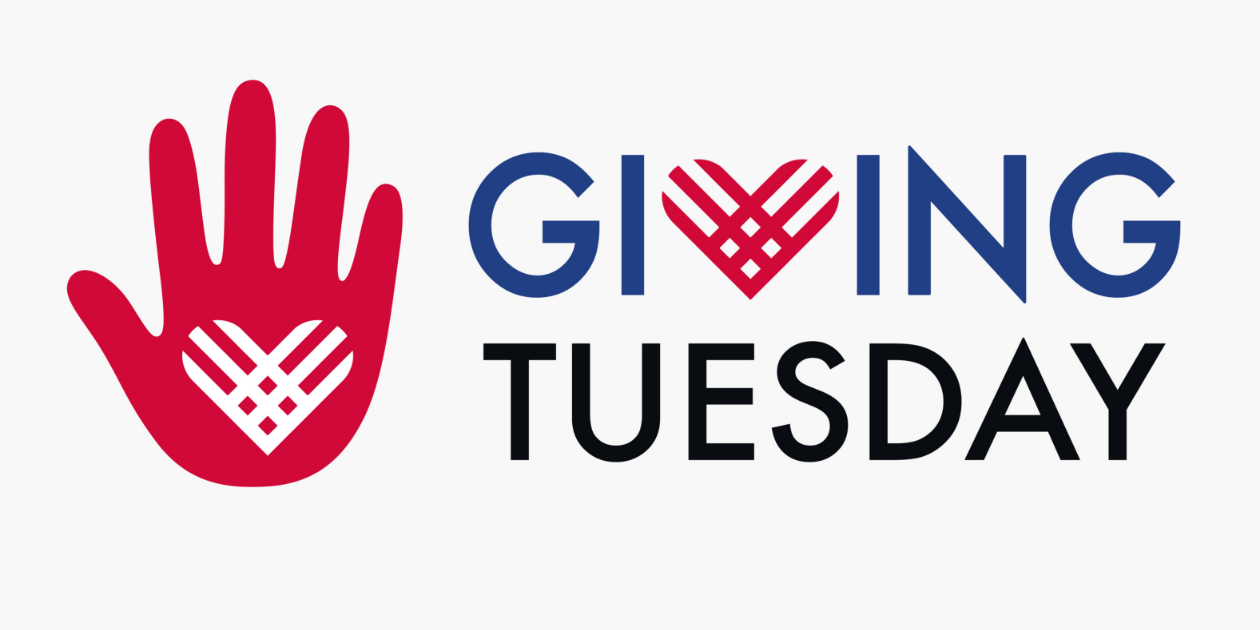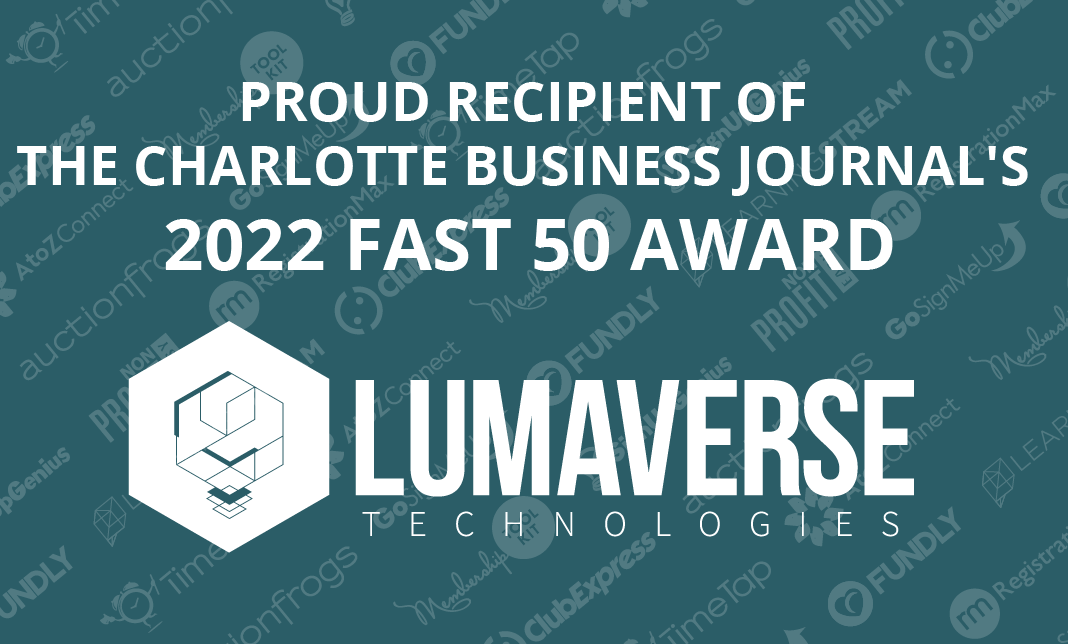
Building an effective and motivated board is easier said than done. It requires a strategic approach, organizational buy-in, and a whole lot of determination from your nonprofit’s leadership. Especially as we continue facing COVID-19’s effects, you need to go the extra mile in promoting your board’s development. Otherwise, they won’t be fully motivated and will likely fall short of expectations, inadvertently harming your organization’s growth.
Your nonprofit board leads the charge with directing your organization toward growth. This group has the power to incite change and make real progress toward your mission— but only if you actively build a board that has the right people with the right skills for your mission.
Here at Boardable, we’ve worked with thousands of nonprofit boards and supplied them with the resources they need to grow as leaders and effectively serve their communities. We have a strong sense of how nonprofits can set their boards up for success. Based on our experience, we’ve put together three actionable tips that your team can start implementing today to strengthen your board:
- Recruit a passionate team.
- Offer sufficient training opportunities.
- Boost productivity with board management tools.
Building an outstanding team isn’t out of reach for any organization, regardless of its size or mission. Ready to create a rewarding board member experience? Let’s dive into the first stage in effective development: recruitment.
1. Recruit a passionate team.
Like with any endeavor, you need to start off with strong building blocks if you want to develop an effective team. What this means for board management is recruiting skilled and motivated board members to serve your nonprofit.
It isn’t always easy to assemble a group of people who work well together and have the right mix of skills and passion for the cause. Instead, it requires extra effort and thought to consistently keep the pipeline filled with promising candidates.
Before entering the recruitment process, develop a strategic approach for selecting members who will support your cause and advance your work. Keep these tips front of mind and you’ll wind up with an impactful group of recruits:
- Look for knowledgeable, proactive candidates. First and foremost, you want skilled team members who take the time to learn about your nonprofit and embody your mission. Simultaneously, they should be proactively working toward change while staying on message. These types of individuals will be able to readily react to new challenges and put their insights to use when discussing your organization’s strategic direction.
- Pursue diversity. In today’s world, boards face increasingly complex matters. A diverse board brings an expansive array of perspectives. As described in Boardable’s nonprofit diversity guide, “diversity” refers to a long list of factors such as ethnicity, religion, economic standing, educational background, gender, age, accessibility, and skills. By pursuing diversity in your recruitment, you’ll benefit from unique views, helping your team think out of the box.
- Leverage your network. Often, the best candidates are right in front of you. Turn to your existing board members to share the openings and gather suggestions. These individuals understand what it takes to be successful in the role and will want your organization to be in a solid position after their terms are up. You might also take the time to locate outstanding volunteers who express a deep interest in your work.
Identifying exceptional board members can be challenging, but the extra effort you put in will result in a group of individuals who can bring positive changes to the organization.
Once you’ve chosen your board members, the work doesn’t stop there! Recruitment is an ongoing process. Make nurturing and recruiting potential board candidates an ongoing activity so you always have strong candidates to fill retiring board members’ shoes once their terms wrap up.
2. Offer sufficient training opportunities.
Regardless of new members’ skills and passions, there’s a steep learning curve that comes with joining a nonprofit board. Even if they have previous experience serving a similar cause, they’ve never served your organization. They don’t necessarily understand the nuances of your work and likely need a bit of guidance to get there. That’s where targeted, nonprofit-specific training comes into play.
To be outstanding and resilient leaders, board members must take extra steps to improve their knowledge of your organization and effective governance practices. In turn, they’ll be able to successfully put their unique skills to use in a way that advances your mission.
Let’s explore two types of training opportunities you should offer your board members: onboarding and ongoing training.
Onboarding
Training should start the moment they commit to joining your board. New members need to be caught up on a ton of information in a relatively short amount of time so that they can hit the ground running. To kick things off on the right foot, set the stage for productive terms by providing a sufficient onboarding experience.
Solidifying your onboarding process will ease new members’ transitions into their new roles. Start off by thoroughly reviewing duties and expectations. Then, try out the following tips to go above and beyond by delivering an exceptional onboarding experience:
- Create a board packet. When welcoming new board members, documents are always part of onboarding. Instead of flooding them with reams of paper, create an organized board packet that contains essential information they need to know. This can include anything from a history one-pager and the organization’s bylaws to a list of board members’ contact information.
- Assign a “board buddy.” Joining a board can be intimidating, so have a returning member show each new member the ropes. New members can go to their mentor with questions or challenges as they navigate the first few meetings. In turn, they’ll adapt much more quickly and become comfortable speaking up in the boardroom.
With a thorough onboarding process, new board members start with a solid foundation and can pitch in more effectively when they fully understand their role in your work. Getting them up to speed quickly will also work wonders for engagement since they’ll start seeing their impact early on.
Ongoing Training Opportunities
True leaders never stop pursuing growth. To promote ongoing development, offer additional training opportunities that help your team build upon their existing skills and fully exceed expectations.
To save on time, check out third-party courses that are developed by other nonprofit professionals. As explained in Nonprofit Leadership Alliance’s nonprofit courses guide, high-quality courses can help each board member “hone [their] skills in the sector, discover the latest trends, learn about the newest technology, and enhance [their] abilities as a leader.” Not to mention, offering these professional development opportunities can enhance board engagement.
Whether they need help mastering governance best practices or want to deepen their leadership abilities, there’s content out there for every purpose. By bringing these opportunities forth, you can nudge individuals toward becoming more effective team members by enhancing their skills and fully exceed expectations.
3. Boost productivity with board management tools.
To develop the most efficient and motivated board possible, you should invest in the proper technology to get you there. As explained by this previous post, “nonprofits that invest in quality technology…see a strong return-on-investment and accelerated growth.”
Especially with the shift to working from home, nonprofits have access to more tools to streamline daily tasks than ever before. The most efficient tools will help your team practice effective governance and thus lead your organization toward a sustainable future, instead of worrying about the backend processes.
Here’s an idea of what tools your board should have access to and why:
- Meeting tools. Your meetings are when board members exercise their skills and share their insights for the betterment of your nonprofit. Boost meeting productivity with tools that streamline scheduling, offer dynamic agenda-building, and ensure effective minute-taking. For remote meetings, go a step further with a platform that offers in-app video conferencing to centralize everything you need into one system.
- Task management. Productive boards have an ongoing list of items that need to be completed, and a task manager will empower your team to keep track of which tasks are incomplete. With a dashboard of their assignments, board members instantly know their next steps, and your leadership team can hold members accountable for fulfilling their duties, too.
- Communication features. Discussions don’t end the moment your board members leave the boardroom. Keep the conversation going in between meetings with discussion boards. What’s more, centralizing your discussions into one platform will help eliminate long email threads and encourage quick responses.
As explained by this resource, having tools like this in place contributes substantially to board engagement. Effective software helps your team “be more engaged and productive, which can ultimately increase the output and success of your organization.”
As a final note, make sure all your software is secure. When going online, there’s always an inherent risk of data insecurity, and your board will use this type of platform to have private discussions regarding your nonprofit’s strategic direction and financial stability.
Mitigate cybersecurity risks with a system that uses data encryption. Administrators should also be able to control which users have access to each document. This way, you can safely transmit documents and have confidential discussions without concern.
Wrapping Up
Your board is the core of your nonprofit’s efforts. You rely on them for steering your organization in the right direction based on their insights and experiences, so taking the time to develop a standout team is a smart (and obvious) move.
Remember, it all starts with selecting board members who embody the right characteristics. This means going with skillful individuals who have a deep passion for your cause and the motivation to pursue growth. From here, you’ll want to offer plenty of training opportunities to turn this passion into effective leadership and supply them with the technology to simplify their daily tasks. That way, they can focus on governing, not just managing. Good luck!
 This guest post was contributed by Jeb Banner of Boardable.
This guest post was contributed by Jeb Banner of Boardable.
Jeb is the founder and CEO of Boardable, a nonprofit board management software provider. He is also the founder of two nonprofits, The Speak Easy and Musical Family Tree, as well as a board member of United Way of Central Indiana and ProAct. Jeb is based in Indianapolis, Indiana.



